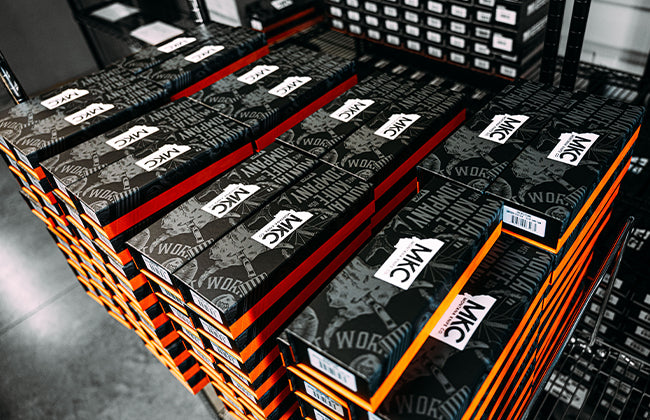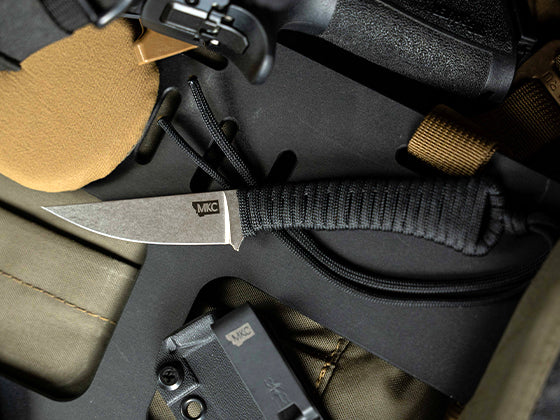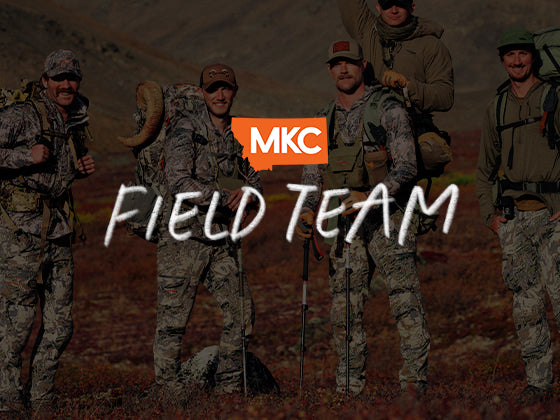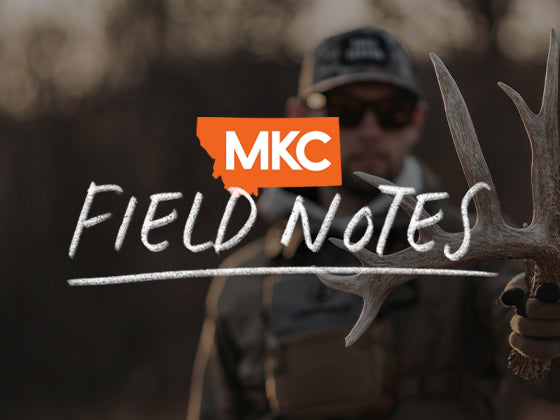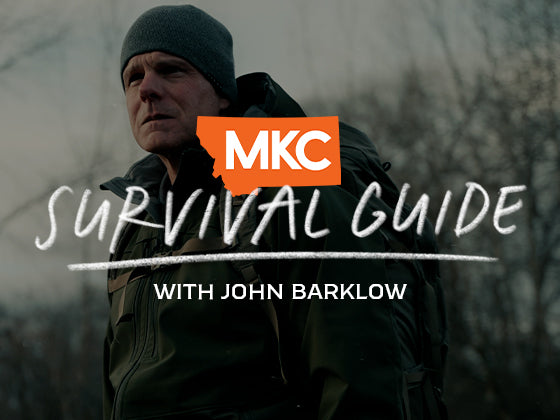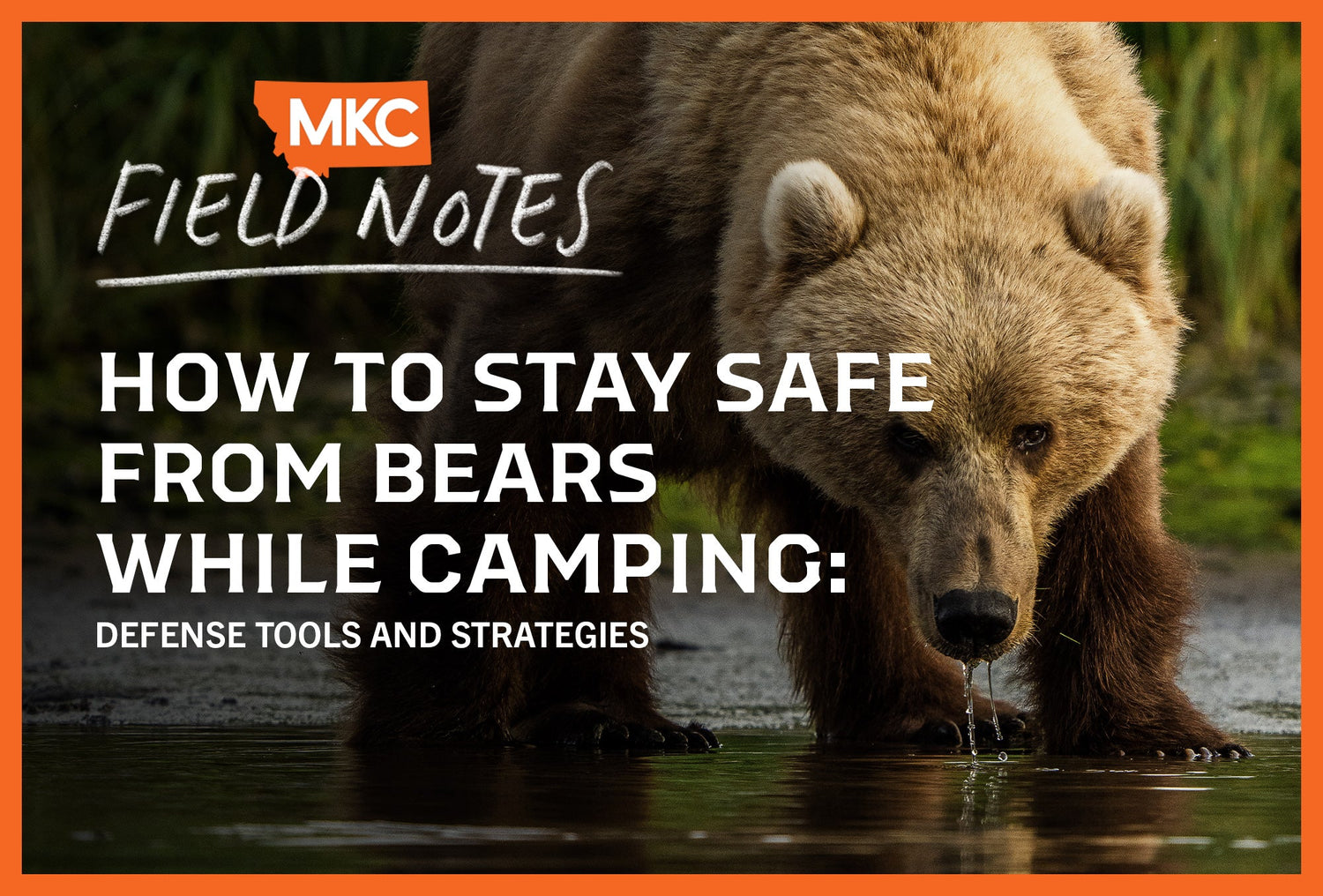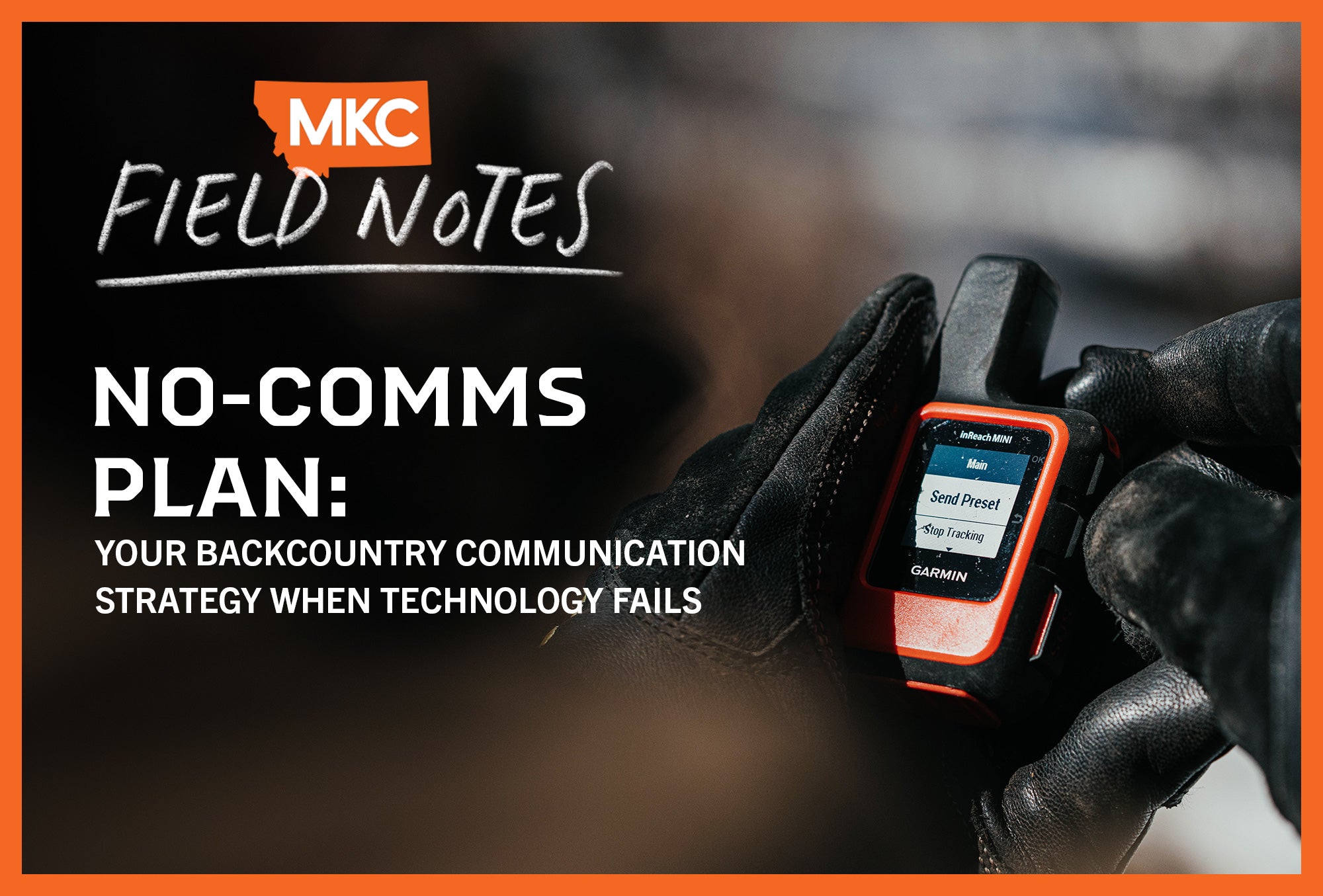Knowing how to stay safe from bears while camping, hiking, or hunting is crucial for anyone venturing into the backcountry.
For instance, a recent hunt in the Bob Marshall Wilderness didn’t go according to plan. Within days, my group and I began encountering grizzly bears with increasing frequency.
After discovering a dead cow elk, harvesting a bull, and finding an unclaimed cattle carcass, my team decided to break camp and leave — the only responsible course of action.
Standard backcountry situations turn into high-risk predator encounters quickly. Let me share my field-tested protocols for how to stay safe from bears.
How to Stay Safe From Bears While Camping: Understanding Your Place in the Food Chain
When you head into the western mountains or the North Country, remember that you aren’t the only apex predator on the map.
Bears, mountain lions, and wolves share this terrain with us. You don’t need to fear these animals, but you do need to respect them.
When I lived on Kodiak Island, known for its dense brown bear population, I encountered countless bears in the field. Through these experiences, I’ve developed practical protocols that reduce your risk of dangerous bear encounters without limiting your backcountry access.
How to Avoid Bears While Camping: Strategic Site Selection
Where you set up camp makes a huge difference in whether bears come calling. You need a spot that’s easy to reach, comfortable to sleep in, and unlikely to get furry visitors at night.
When setting up camp in bear country:
- Avoid known bear feeding zones like berry patches, salmon streams, and coastal areas where bears forage for mussels and seaweed.
- Select denser forest areas rather than open meadows.
- Stay at least 100 yards from game trails or animal travel corridors.
- Establish camp away from natural funnels that channel wildlife movement.
Picking the right campsite cuts your chances of running into bears, but smart location choice is just the first step.
Essential Food Management When Camping in Bear Country
Bears have an incredible nose and quickly learn that humans often mean food. When camping in bear country, you need to manage smells or you’re asking for trouble.
Here’s my tested approach. This discipline requires extra effort, but it reduces the probability of nighttime bear encounters around your tent:
- Set up a separate “cook shack” at least 100 yards from your sleeping area. This creates distance between food odors and where you sleep.
- Never bring food items, wrappers, or cooking clothes into your tent. Even small residual odors can attract bears.
- Hang food caches at least 10 feet high and four feet from any vertical support to prevent bears from accessing them.
How to Stay Safe From Bears: Field-Tested Defensive Tools
During my time in bear-packed areas, I always carried different defensive tools depending on where I was and what I was doing.
Bear Spray
Bear spray creates an effective defensive barrier that requires minimal precision during high-stress encounters. I position my bear spray on my optics harness for immediate access.
Bear spray’s principal advantage is deployment speed — you can activate it immediately without perfect aim. When a bear charges from 30 yards, you’ll have about two seconds to respond. Bear spray allows for rapid deployment, even when the bear is extremely close.
I’ve witnessed accidental self-contamination during training. While temporarily debilitating, medical personnel have confirmed bear spray doesn’t cause permanent damage — unlike a bear mauling.
Portable Electric Fences
In Alaska, I set up portable electric bear fences around my camps. These lightweight barriers keep bears from nosing around your tent by giving them a shock if they get too close.
While less common in the lower 48, you’ll want to consider these systems when entering high-density grizzly habitat, especially because hunting success creates additional attractants like gut piles and carcasses.
Firearms
If you’re hunting with a rifle or carrying a pistol in bear country, what matters most isn’t what gun you have — it’s how well you can use it.
Practice drawing your weapon quickly while kneeling, sitting down, or when your hands are full with other gear.
Most bear encounters happen at distances under 20 yards with minimal warning. Train for these real-world conditions rather than standard range positions.

Adapting Tactics When Camping in Bear Country: Know When to Leave
My Bob Marshall Wilderness experience demonstrates why adaptability matters in bear country.
After harvesting an elk and discovering several natural carcasses nearby, the grizzly concentration increased to unsafe levels, forcing us to leave despite excellent hunting conditions.
Be realistic about assessing bear danger in your hunting area. Watch for warning signs like:
- Multiple bears in your hunting area
- Dead animals or gut piles nearby
- Bear tracks coming through your camp
- Bears that don’t seem scared of people anymore
When you notice these signs, it’s time to either change how you hunt or pack up and move somewhere else.
Hiking Alone in Bear Country: The Solo Travel Question
While hunting or hiking with partners is the best course of action in bear country, I’ve spent over a decade hunting solo in high-density bear environments on Kodiak Island. This decision is risky, and it’s important to understand and accept those risks.
That means adjusting your hunting protocols:
- Increase situational awareness through constant scanning.
- Make consistent noise when moving through dense cover or limited visibility areas.
- Carry several defensive tools within immediate reach.
- Rehearse signals and response scenarios regularly.
Solo travel means accepting full responsibility for your safety with no backup assistance. Pay attention to your surroundings at all times.
Your Survival Guide for Camping in Bear Country: Final Thoughts
Staying safe in bear country comes down to strong preparation, not luck. Bears follow natural patterns that experienced outdoorsmen can predict and work around.
Your awareness, camp discipline, and defensive tools determine whether you’ll have a safe trip or create dangerous situations by making poor choices.
Remember — we’re guests in bears’ territory. When we accept this fact and prepare accordingly, we can enjoy North America’s wildest places while keeping bear encounters to a minimum.

by John Barklow, a Special Operations Survival Instructor and consultant who has spent decades teaching military personnel and civilians survival techniques in extreme environments.






















